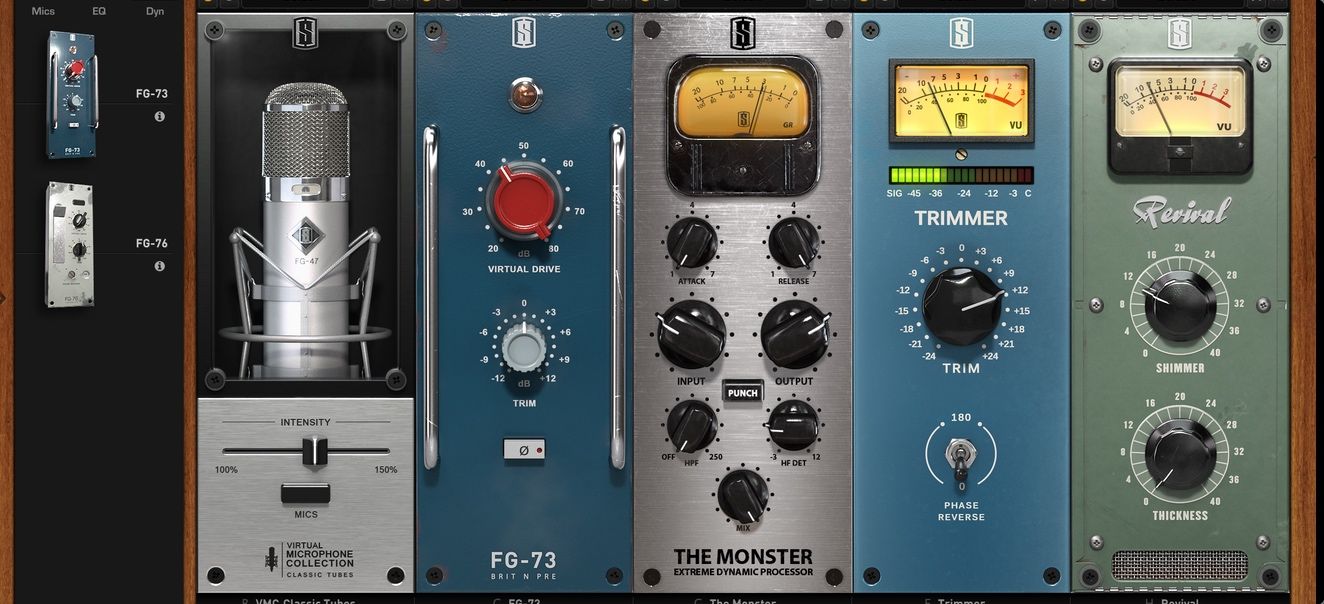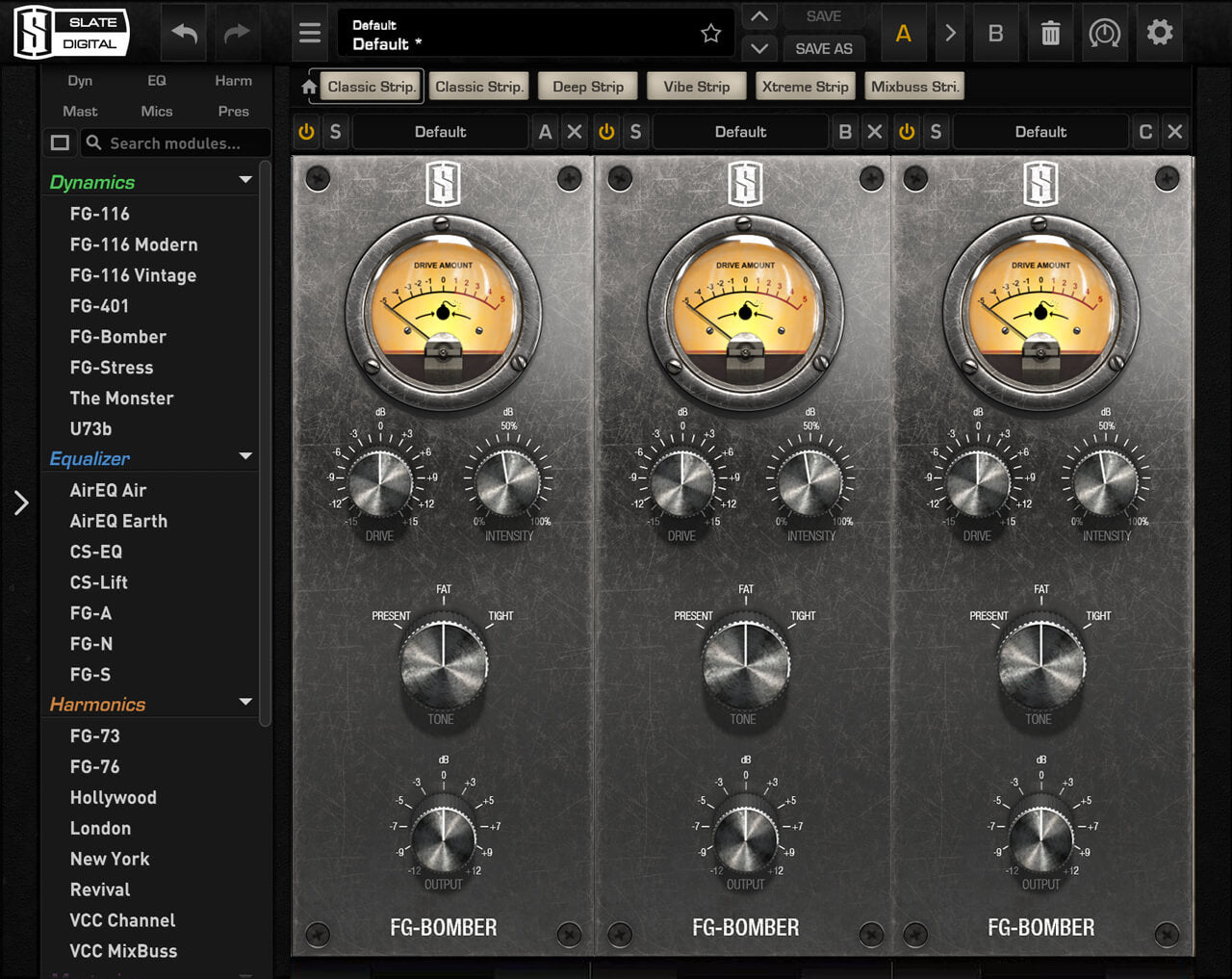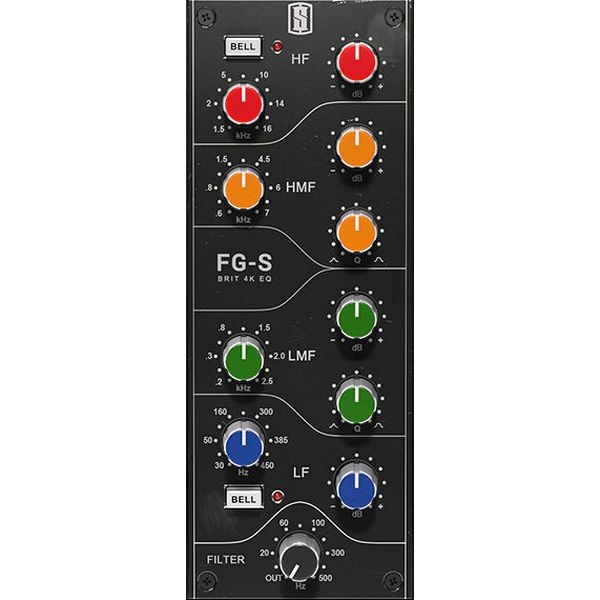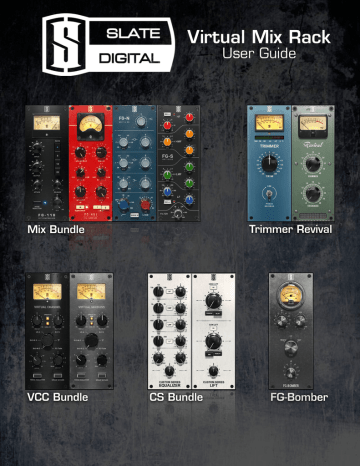

- #Help with slate digital vmr full
- #Help with slate digital vmr software
- #Help with slate digital vmr series
The Custom Series Lift is a great plugin for this purpose, as it takes a lot of the guesswork out of the equation and helps you listen like a listener. Keep mixing simple: with a well-recorded sound source, you often don’t have to go crazy with a ton of subtractive EQ in the mids, and often just applying some broad, musical high end brightening and low end fattening will get you most of the way there. My Top Tips for Using the Custom Series Equalizers Plugins Similarly, the accompanying Custom Series Lift plugin which operates on the same “all-in-one solution” principle provides a simple, elegant solution for applying broad, musical low and high boosts to tracks while totally eliminating the overthinking that often goes into selecting which frequencies to boost. The goal with Slate’s Custom Series EQ was to combine the best bits from each of the common “go-to’s” under a single roof, resulting in an all-in-one “Frankenstein’s monster” of an equalizer which can easily replace the several EQs you’d typically use when shaping your sounds. While pretty much all of the SSL, Neve and Pultec emulations available nowadays are great across the board, engineers tend to have a favorite EQ band on each unit, and will often have to chain multiple EQs together to get the best out of each of them and reach their desired end result.

With tons of incredible EQ options on the market to choose from, it takes something truly special and unique to stand out and make a mark.
#Help with slate digital vmr full
With an SSL style buss compressor, 2-4 dB of gain reduction at a slow attack time of 30ms, fast release time of 100ms, and ratio of 4:1 tends to work wonders on drums, guitars and full mixes alike. Multi-buss glue: while mixing more organic genres such as rock or metal, it’s often a good idea to somewhat “glue” your individual instrument groups together on their respective busses before applying a final stage of buss compression on the master buss. My Top Tips for Using the Virtual Buss Compressors Plugins Long story short, if you’re really hearing it, you’re probably using too much! In small doses, console and tape saturation can add wonderful warmth, smoothness, punch and glue to a mix, but when pushed too hard, can totally undo all of your work towards achieving a tight, clear and transient mix.
#Help with slate digital vmr software
Too much of a good thing: the key to getting the best results out of pretty much all analog emulation software on the market is to use it tastefully. Whether you’re after the punchy, in-your-face sound of SSL, the warm, “round” sound of Neve, the smooth high end sheen of +9 tape, or the fat low end of 456, these two plugins have you covered, and will do wonders towards bringing your mixes to life! My Top Tips for Using the VCC and VTM Plugins While I’m not going to go into a ton of detail on the individual usage of each plugin, the general idea is as follows: choose the console and tape type you’d like to use, then play around with how hard you’d like to hit/saturate said console or tape via the drive and/or linked in/out knobs. In my book, VCC and VTM were the plugins which really sparked the “emulation revolution.” This was the first time that mixers were really convinced with the results, without feeling like there was a huge compromise to be made on CPU usage or latency.

While audio gear and plugin manufacturing in the 90s and 2000s was all about trying to make things sound as “clean” and “flat” as possible, by the time we actually achieved the goal of “digital perfection,” we realized that the end results were, quite frankly, a bit dull and boring.Įver since, software engineers have been painstakingly trying to recreate all of the subtle imperfections, abnormalities, artifacts and distortion characteristics of analog gear in the digital realm with the end goal of merging the best of both worlds: the user-friendly functionality of digital, and the listener-friendly sound of analog. So I’ve decided to bundle them together for the sake of this article. While these are two separate plugins, in my mind, they’ve always been an inseparable pair when looking to impart “the sound of analog” onto a clean, “digital” mix. Virtual Console Collection + Virtual Tape Machines

On that note, let’s take a look at 5 Slate Digital plugins which every mix engineer should own: 1. While audio plugin technology has come leaps and bounds in the last 10 years, the fact that I’m still using both of these plugins in every single mix I do says a lot about their quality. It’s gotten to the point that nowadays, their emulations are “virtually” (get it?) indistinguishable from the real thing. Ever since the release of their groundbreaking Virtual Console Collection back in 2011 and Virtual Tape Machines plugin the following year, Slate Digital have been working hard on bridging the gap between analog and digital.


 0 kommentar(er)
0 kommentar(er)
